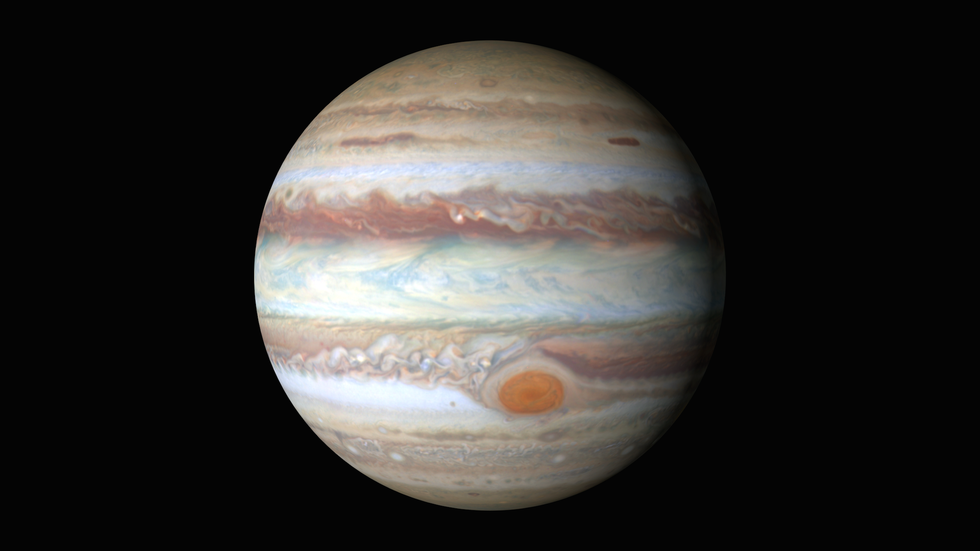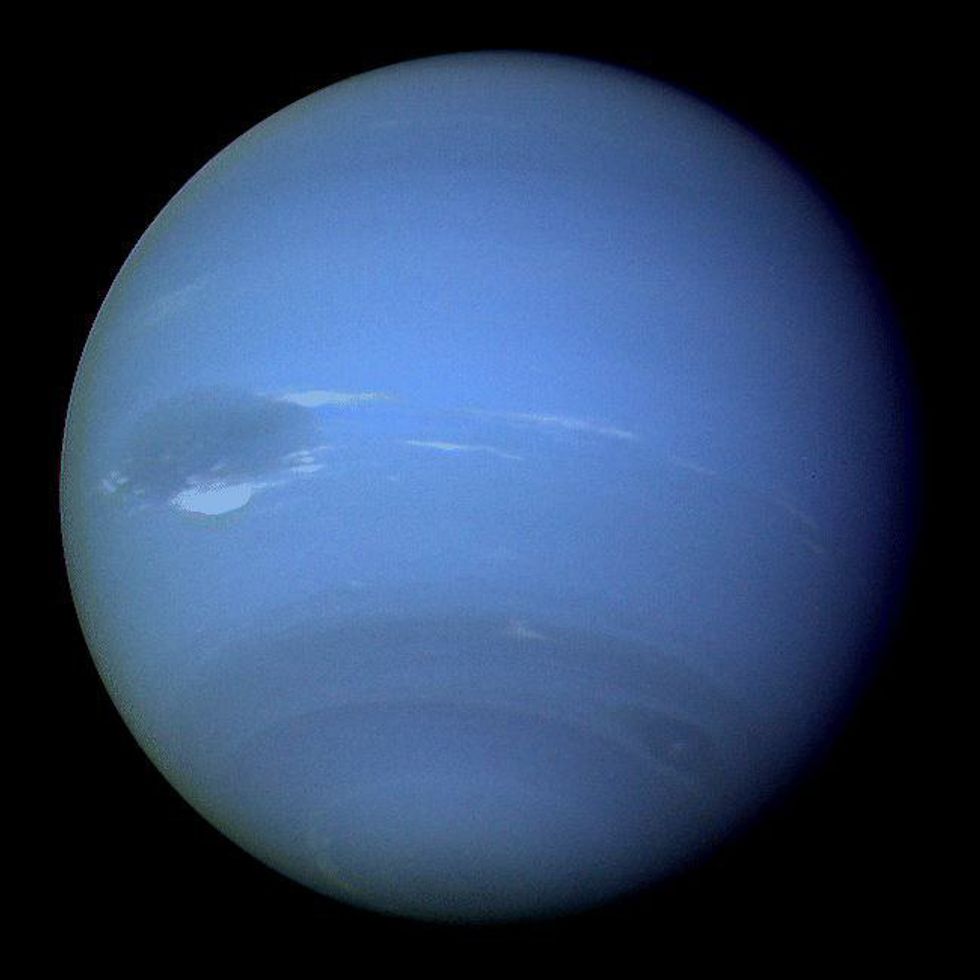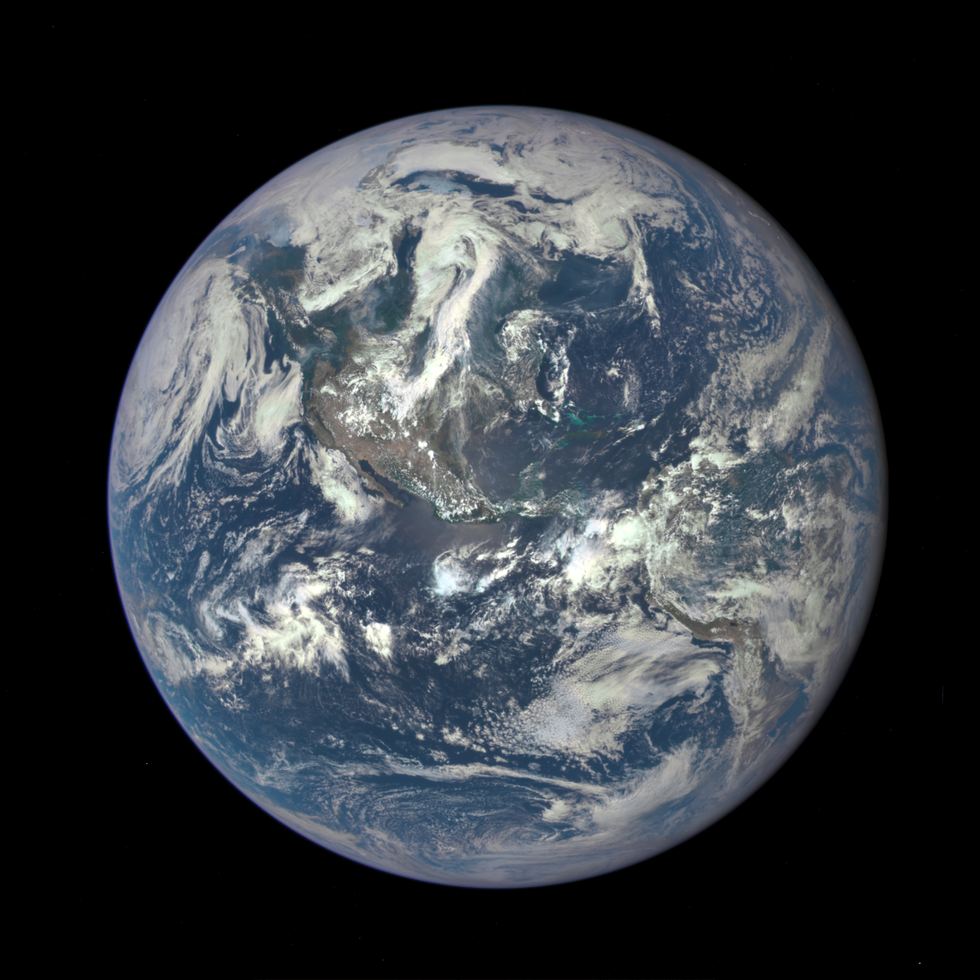Sound travels in waves by making molecules vibrate. So, in order for sound to travel, there must be molecules to vibrate. Space is composed of large empty areas. There is no sound since there are no molecules to vibrate. But, that does not mean that space doesn't have any sound. Sound exists in space through electromagnetic vibrations and radio waves.
NASA designed special instruments that record the emissions, produced by electromagnetic vibrations and radio waves, and turn them into sounds humans can hear. Keep in mind, these are the not genuine sounds of space since they are altered so humans can hear them. These sounds aren’t like the happy chirps of a bird or the sweet hum of a violin. They are eerie and haunting.
Recommended for you
Saturn
This is the audio of NASA’s spacecraft, Cassini, as it picked up Saturn’s radio emissions. This is not exactly what Saturn sounds like since the recording was compressed from 27 minutes to 73 seconds, and the audio frequency range has been shifted downward by a factor of 44.
Jupiter
NASA’s same spacecraft, Cassini, collected these radio waves from Jupiter in 2001. It’s an odd irregular whistling sound that scientist have attributed to helium.
Ganymede – Jupiter’s largest moon
NASA’s Galileo spacecraft recorded magnetic date and radio noise. This resulted in the odd recording of this sound. Note: the first 20 seconds are silent.
Mars Rover
This video compilation is from NASA’s Opportunity Rover. It includes audio and video files of what the Rover experienced and a map of the of the Rover’s progress.
Mercury
These sounds were captured by a satellite orbiting the planet in the years between 1999-2001. These creepy sounds are nothing like classic rock sounds of Queen's Freddie Mercury.
Neptune
NASA’s Voyager captured these sounds from one of the farthest planets from the sun. Keep in mind that this was altered by audio engineers in order for it to become easier for us to hear.
Uranus
NASA’s Voyager was able to collect this recording of the planetary plasma waves of Uranus.
The Sun
NASA is able to pick up sound from the Sun, but it is too deep from human ears to hear. So, NASA sped up the recording of 40 days into a few seconds and produced this.
Earth
Yes, Earth also produces a sound. This is the recording of the strange whistle of ultra cold liquid helium- three that changes in volume relative to the North Pole and Earth’s rotation.
The next time you’re star gazing, think about how intricate and vastly unknown the universe we live in is. All of the planets and stars are composing a symphony that humans have yet to fully hear. It’s truly incredible.
For more sounds from space, try Nasa’s Soundcloud.
For free broadcasting of live sounds from outer space, check out radio astronomy.















 Energetic dance performance under the spotlight.
Energetic dance performance under the spotlight. Taylor Swift in a purple coat, captivating the crowd on stage.
Taylor Swift in a purple coat, captivating the crowd on stage. Taylor Swift shines on stage in a sparkling outfit and boots.
Taylor Swift shines on stage in a sparkling outfit and boots. Taylor Swift and Phoebe Bridgers sharing a joyful duet on stage.
Taylor Swift and Phoebe Bridgers sharing a joyful duet on stage.












